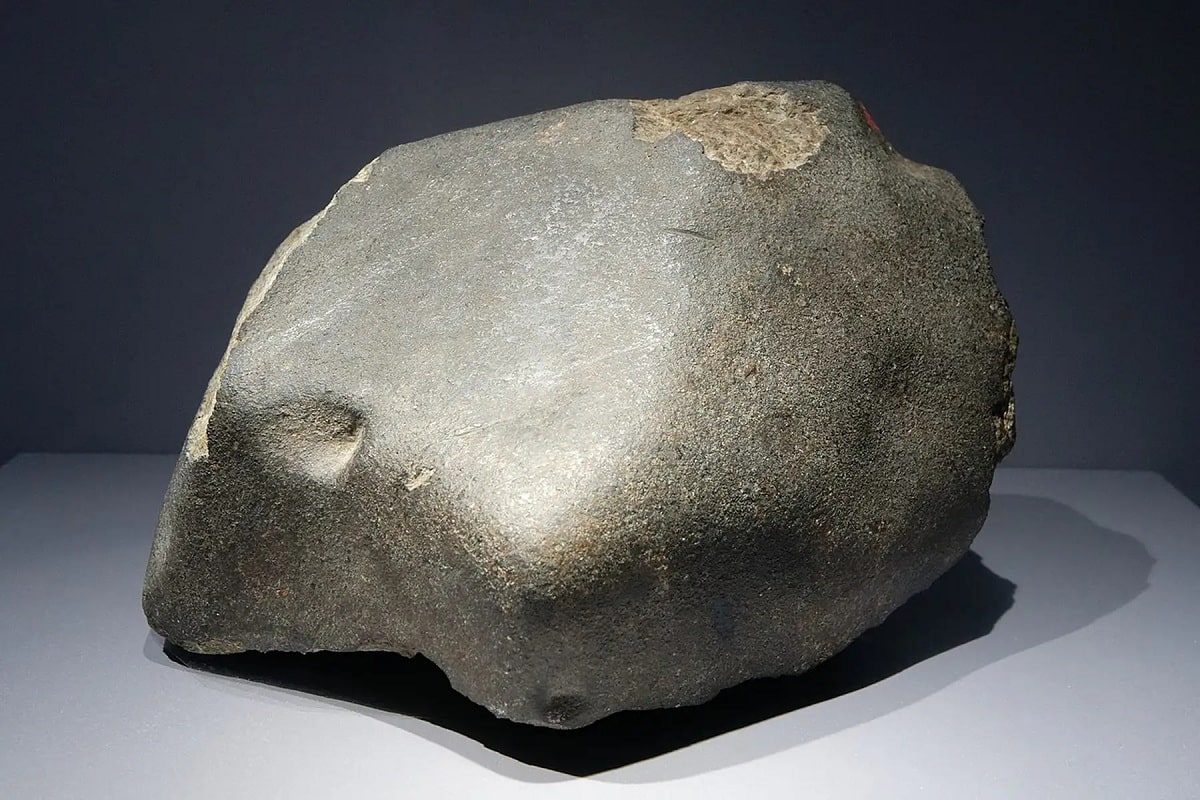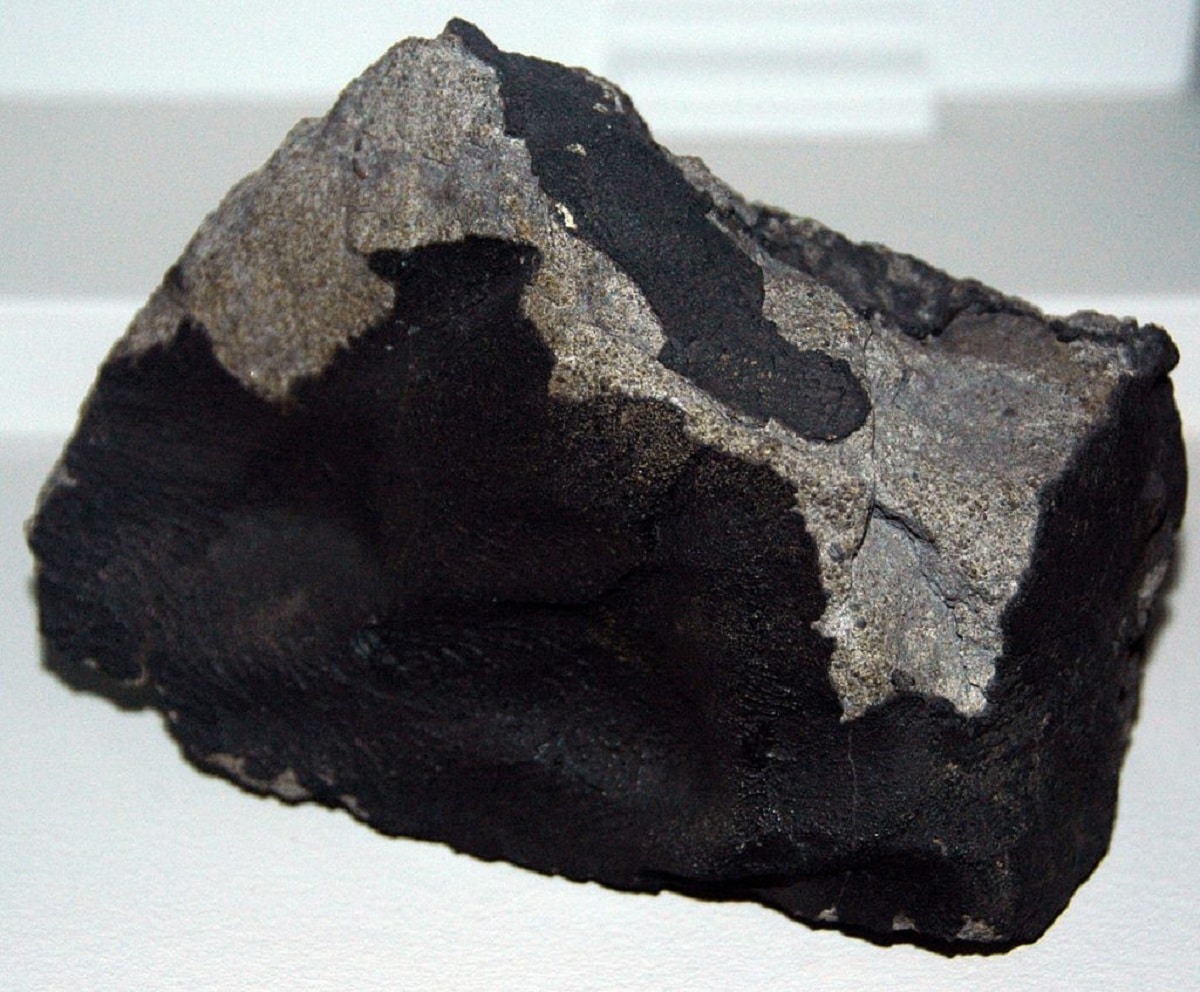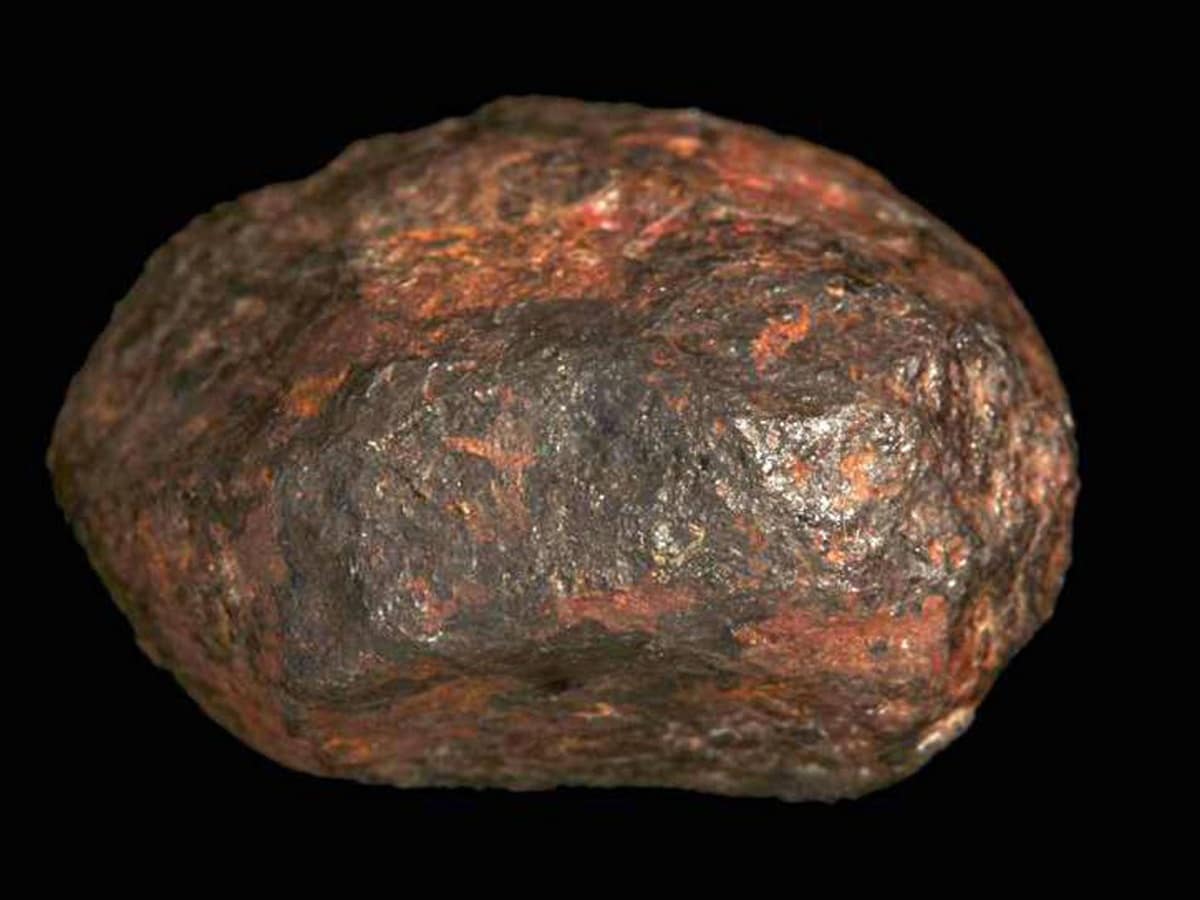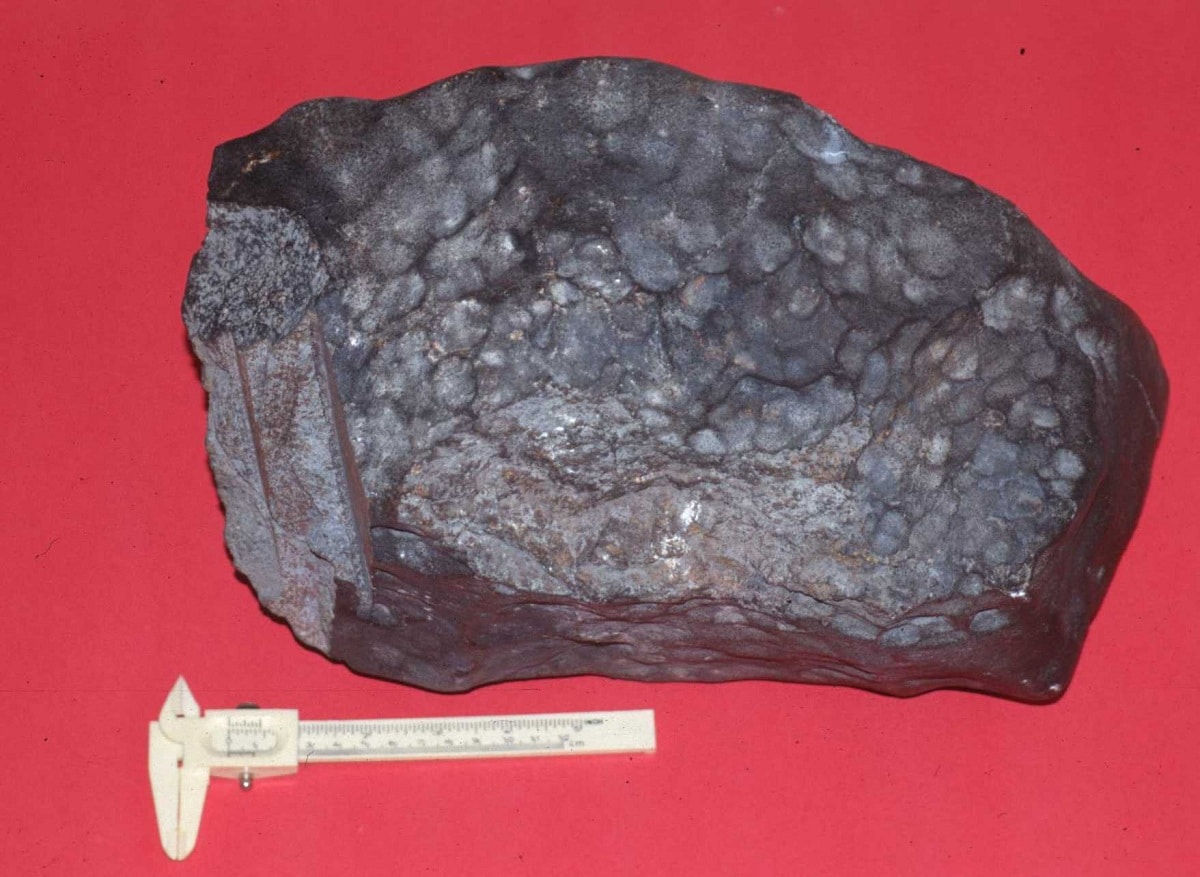
Meteorites are those large rocks that are capable of penetrating the earth's atmosphere and end up falling on the earth's surface. However, when we find a large rock with certain characteristics, it is difficult how to know if it is a meteorite or a rock.
For this reason, we are going to dedicate this article to telling you how to know if what you have found is a meteorite or not and what its characteristics and origin are.
How to know if it is a meteorite

Pieces of meteorites fall on our planet regularly from outer space. They usually fall into the ocean or unused areas, so it's not impossible to find a piece of an asteroid somewhere. If you see a stone in the field that interests you, you can use these tricks to see if it's something out of this world.
A magnet will attract a ferromagnetic meteorite. If it gets close to the magnet and doesn't stick, it's probably not a ferromagnetic meteorite. Only meteorites that stick to a magnet are considered ferromagnetic.
Regmaglypts is a molding on the surface of black or brown rocks. Almost all black rocks are darker in color than normal rocks and have moldings on their surface. Weight is another very common factor. They are very heavy, weighing in at between 4 and 8 grams per cubic centimeter.
If you're still not sure, you can polish the rock with water-based or paste-based sandpaper. Meteorites generally look like metal when polished. Once an asteroid has been found, it should go to a geology department for analysis. The tests determine if the asteroid really is what it is supposed to be (a remnant of the asteroid that fell). If the asteroid passes the above 9 tests, it will be considered authentic.
Between Mars and Jupiter is a space where some believe there was a planet destroyed in the formation of the solar system. Millions of small rocks and stones are thought to have formed the asteroid belt, behind what is thought to be millions of pieces of debris. Sometimes one of these pieces of the asteroid falls out of orbit and collides with Earth.
Aspects to learn how to know if it is a meteorite

fusion crust
The dark material around the meteorite, if it didn't break up on impact, is what distinguishes the meteorite from other fragments we can find. The crust of rocky meteorites is usually thicker than that of metallic meteorites, no more than 1 mm thick.
The shells of stony meteorites consist of amorphous silica (a type of glass) mixed with magnetite, which comes from the silicates and iron that make up most stony meteorites.
The outer layer of metallic meteorites is basically composed of iron oxide called magnetite, which is usually submillimeter. They are often affected by different atmospheric factors, and if they are left to sit on the ground for a long time without being noticed, they will take on a rusty appearance.
Shrinkage Fracture and Orientation
They are the structures we see in the crusts of some rocky meteorites that make them appear cracked. They are caused by rapid cooling of the earth's crust, starting from the highest temperature created by friction to equal atmospheric temperature, sometimes below freezing. These cracks are an important factor in the subsequent weathering of meteorites.
Meteorites in space can rotate or maintain a linear motion, and as they pass through the atmosphere they can suddenly change or remain in motion until they reach the ground. This is how your appearance can vary.
Meteorites that spin during the fall will not have a preferred weathering pattern and will therefore be irregular. Non-rotating meteorites will have a stable orientation during fall, forming a cone with preferential erosion lines.
angular meteorites
The surfaces of rocky meteorites present these angular forms, between 80-90º, with rounded vertices and edges. They are usually given by polylines.
Regmaglyphs: they are notches made on the surface in a spherical way, conical in their fall due to the behavior of the air. Metallic meteorites are the most common.
Flight lines: During the fall, the meteorite's surface heats up to extreme temperatures, causing the material to melt and behave like a fluid. During a meteorite eruption, if it hits, the heating and melting process suddenly stops. The droplets cool on the crust, forming lines of flight. In addition to its composition, its shape is mainly determined by its orientation and rotation.
color and powder
When meteorites are fresh, they are usually black, and their fusion crusts can show streamlines and details that help identify them. After lying on the ground for a long time, the meteorite changes color, the fusion crust wears away, and details disappear. The iron in meteorites, like the iron in tools, can be oxidized by weather.. As the ferrous metal oxidizes, it contaminates the internal matrix and the external surface of the rock. Start with red or orange specks in the melted black crust. Over time, the entire stone will turn rusty brown. The fusion crust is still visible, but it is no longer black.
If we take a piece and rub it against the back of a tile, the dust it releases will give us a clue: if it is brown, we suspect a meteorite, but if it is red, we are dealing with hematite. If it's black then it's magnetite.
Other general characteristics

Even taking into account all these characteristics that distinguish them from other surrounding rocks, meteorites have other characteristics that must be considered:
- The meteorite does not contain quartz
- Meteorites do not contain strong or bright colors, they are usually black or brown because they have been altered by oxygen.
- The streaks that appear on some meteorites are usually white and have no color.
- There are no air bubbles or cavities in meteorites, 95% of meteorites are usually slag.
- Metallic meteorites and metallic meteorites are strongly attracted to magnets.
I hope that with this information you can learn more about how to know if what you have found is a meteorite or not.
I consider this topic interesting since I was unaware of this knowledge... Greetings